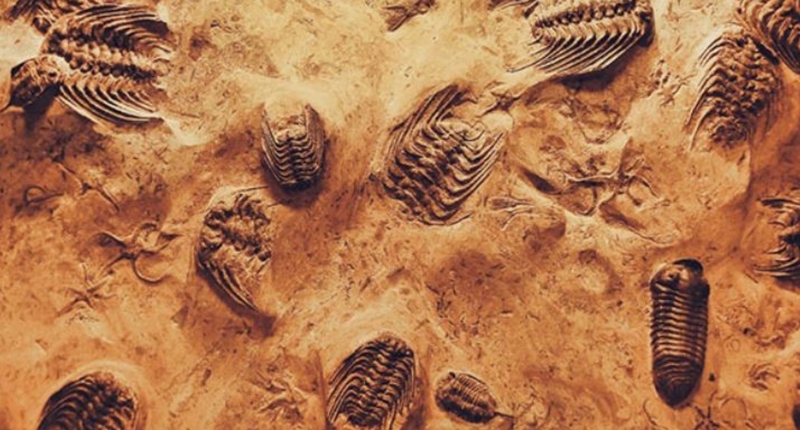Cutting-edge technology has enabled researchers to unlock the secrets of a world-famous fossil site in north-east Scotland, offering important insights into the origins of life on Earth. Using non-invasive imaging techniques combined with data analysis and machine learning, the researchers were able to determine the chemical signatures of the impressively preserved fossils in the 400 million-year-old hoard. The Rhynie chert, which dates back to the Early Devonian period, plays a significant role in scientific understanding of life on Earth, and the molecular preservation of the fossils suggests that other less well-preserved samples could reveal new insights.
In another study, researchers from the University of Edinburgh have used machine learning algorithms to classify enigmatic fossils from Devonian and later Silurian sediments with both algal and fungal characteristics. The study highlights the value of bridging palaeontology with physics and chemistry to create new insights into early life, providing a unique tool for studying life in ambiguous remnants. The research could pave the way for further insights into the origins of life, and it underlines the importance of museum collections for understanding our world.
Edinburgh Researchers Decode Secrets of World-Famous Fossil Site Using Cutting-Edge Technology
Cutting-edge technology has enabled researchers to unlock the secrets of a world-famous fossil site, offering important insights into the origins of life on Earth. The fossil site, located in a remote area of north-east Scotland, is estimated to be around 400 million years old and boasts an impressively preserved collection of fossils. Researchers from the University of Edinburgh have found that the molecular preservation of the fossils is far superior to what was initially believed, thanks to non-destructive imaging techniques combined with data analysis and machine learning.
The team used FTIR spectroscopy, which involves using infrared light to collect high-resolution data, to study the fossilized organisms, tissues, and cells in the rock. They found the molecular information was impressively preserved, allowing them to accurately identify some of the more elusive members of the Rhynie ecosystem, including nematophyte specimens.
The chemical codes identified by the researchers could help shed light on the identity of the life forms and offer a Rosetta Stone of sorts to decipher other ambiguous fossils. The fossil site near the village of Rhynie, Aberdeenshire, was discovered in 1912 and is mineralized and encased by chert, a type of hard rock composed of silica. The Rhynie chert dates back to the Early Devonian period, approximately 407 million years ago and plays a significant role in the scientific understanding of life on Earth.
The impressive molecular preservation of the Rhynie chert suggests that other less well-preserved samples could reveal new insights. The researchers hope that their study will offer important clues about the origins of life on Earth and deepen our understanding of the fossil record.
Cutting-Edge Technology Used to Classify Enigmatic Fossils with Both Algal and Fungal Characteristics
Researchers from the University of Edinburgh have used non-invasive methods to successfully classify enigmatic fossils from the Devonian and later Silurian sediments. These organisms have both algal and fungal characteristics, which have previously made it difficult to classify them. The team fed the data into a machine learning algorithm, which could classify the different organisms, providing a unique tool for studying life in ambiguous remnants.
The study, which was published in Nature Communications, was funded by The Royal Society, Wallonia-Brussels International, and the National Council of Science and Technology of Mexico. The research highlights the value of bridging palaeontology with physics and chemistry to create new insights into early life. Dr Nick Fraser, Keeper of Natural Sciences at National Museums Scotland, said that the study provided yet another way of peering deeper into the fossil record and underlines the importance of museum collections for understanding our world.
The research was led by Dr Sean McMahon, Chancellor’s Fellow from the University of Edinburgh’s School of Physics and Astronomy and School of GeoSciences, who said that the study showed how non-invasive methods could be used to discriminate between different lifeforms. The data could help sort other datasets from other fossil-bearing rocks, providing a unique window on the diversity of early life on Earth.
The study highlights the unique scientific importance of some of Scotland’s natural heritage and could pave the way for further insights into the origins of life.
Don’t miss interesting posts on Famousbio










